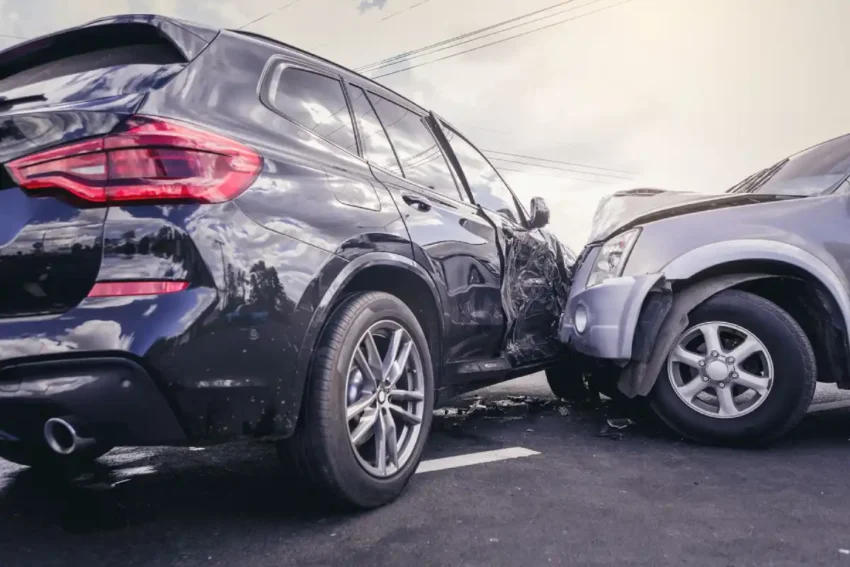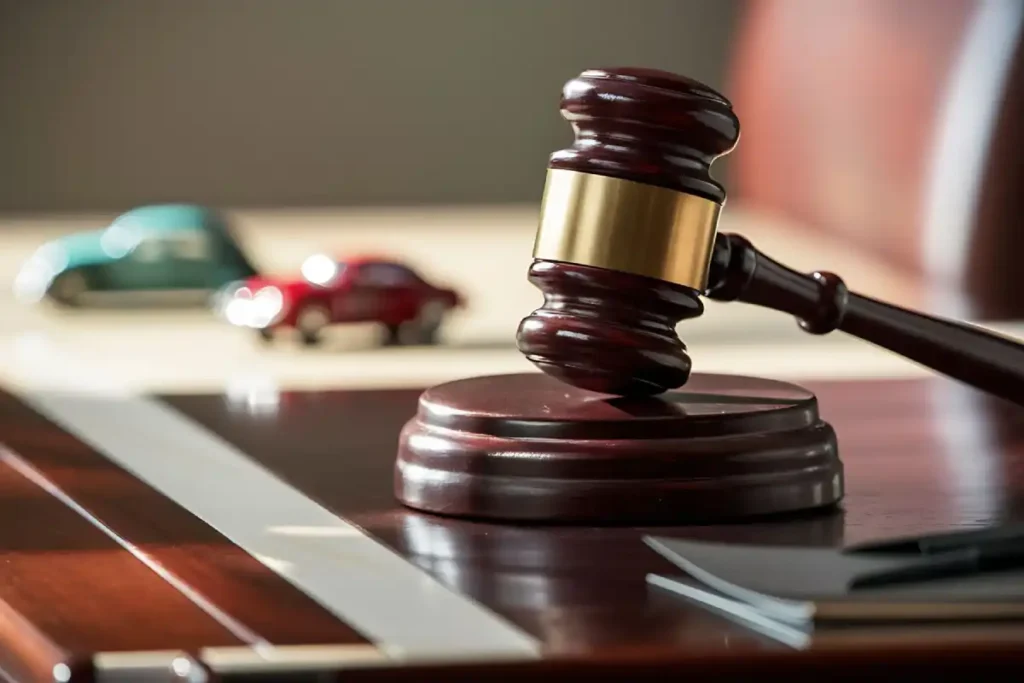8 Different Types Of Car Accidents And Their Legal Implications

Motor vehicle collisions are a common occurrence on roadways, each with unique causes and consequences. Beyond the immediate physical damage and potential for injury, every type of accident carries specific legal implications. Determining who is at fault, or legally liable, can be a complex process that depends heavily on the circumstances of the crash.
Understanding these nuances is critical for protecting one’s rights and securing appropriate compensation for damages, which can include medical expenses, lost wages, and vehicle repairs. The aftermath of a collision typically necessitates professional legal guidance to navigate insurance claims and potential litigation.
Below are the different types of car accidents and their legal implications:
Contents
1. Rear-End Collisions
Typically, the driver who hits the vehicle from behind is presumed to be the at-fault party. This presumption emanates from the duty of every motorist to maintain a safe following distance and be attentive to the flow of traffic. However, liability isn’t always absolute. The lead driver could share fault if their brake lights were inoperable, they reversed suddenly, or they made an illegal stop.
Evidence such as dashcam footage, witness statements, and an official police report can become vital in challenging the initial presumption. Therefore, for individuals facing complex liability disputes in such incidents in Utah and other similar locations, consulting with the best car accident lawyer in Utah can provide essential clarity and legal strategy.
2. Side-Impact or T-Bone Collisions
Commonly happening at intersections, T-bone collisions occur when the front of one vehicle strikes the side of another. The legal implications depend almost entirely on which driver had the right-of-way. The investigating officer will determine who ran a red light or failed to yield at a stop sign. Traffic camera footage and eyewitness accounts are typically the most compelling evidence.
Complications arise when both parties claim they had a green light, turning the case into a “swearing contest” where physical evidence from the scene and expert reconstructionists become indispensable. Shared fault may also be assigned if one driver was speeding, even if the other ran the stop sign.
3. Head-On Collisions
These are among the most serious types of car accidents, which often cause catastrophic injuries or fatalities. They frequently occur when a driver travels the wrong way on a roadway, falls asleep at the wheel, or drifts into oncoming traffic due to distraction or impairment. Liability generally falls on the driver who crossed into the opposing lane. Legal implications can be profound, involving significant damages for long-term medical care, permanent disability, and pain and suffering.
In cases involving a commercial vehicle, additional parties like the trucking company could be held responsible under the legal doctrine of respondeat superior. This doctrine holds employers responsible for the actions of their employees.
4. Sideswipe Accidents
These accidents typically happen when vehicles traveling in the same direction make contact. They’re commonly caused by unsafe lane changes where a driver fails to check their blind spot or use a turn signal. Liability is usually clear-cut and falls on the driver who initiated the improper lane change.
However, if both drivers were maneuvering simultaneously, comparative negligence laws may apply, reducing the compensation available based on the assigned percentage of fault. While these crashes often result in less severe property damage, they can lead to more serious secondary collisions if a driver loses control and strikes another object.
5. Single-Vehicle Accidents
In these incidents, only one vehicle is involved, such as crashing into a tree, guardrail, or rolling over. While it may seem the driver is always at fault, third-party liability is sometimes a factor. A driver could be forced off the road by another vehicle that flees the scene, or the accident could be caused by poorly maintained roads, defective tires, or faulty vehicle components like faulty brakes or steering failure.
In such cases, liability could shift to a government entity or the vehicle manufacturer. However, proving these claims require extensive investigation and often the testimony of accident reconstruction and engineering experts.
6. Multi-Vehicle Pileups
Chain-reaction accidents, often involving three or more vehicles, are legally complex. They frequently occur on highways and in poor weather conditions. Determining fault requires unraveling the sequence of events, often starting with an initial collision that causes a domino effect. Liability may be shared among multiple drivers, particularly if several were following too closely or driving too fast for conditions.
Insurance negotiations become highly complicated as multiple insurance companies and legal representatives become involved, each protecting their own client’s interests. Victims may need to file claims with several different insurance policies to recover full compensation.
7. Hit-and-Run Accidents
A hit-and-run occurs when a driver causes an accident and flees the scene without providing contact information or rendering aid. This is a criminal offense. From a civil liability perspective, the victim’s own insurance policy becomes the primary source for compensation through uninsured motorist (UM) coverage.
Successfully recovering damages requires promptly reporting the accident to the police and one’s own insurance company. Any information about the fleeing vehicle, such as a partial license plate, make, model, or identifying damage, can be crucial for law enforcement to locate the at-fault driver.
8. Parking Lot Accidents

The legal implications of parking lot collisions depend on the specific circumstances. Accidents in parking spots typically involve backing out, where both drivers may share responsibility. The right-of-way rules are less formal than on public roads, often relying on common sense and who was in a position of control.
Evidence from security cameras and the point of impact on the vehicles is critical. While these are typically low-speed impacts, they can still result in property damage claims and, in some cases, whiplash injuries.
Final Thoughts
Navigating the legal aftermath of any car accident requires a clear understanding of state-specific traffic laws and insurance regulations. The specific type of accident sets the stage for the ensuing legal process, influencing how fault is determined and what evidence is most critical.
Given the potential for significant financial and personal loss, understanding the information mentioned above in mind and securing knowledgeable legal representation can be crucial steps toward achieving a fair and just outcome.



